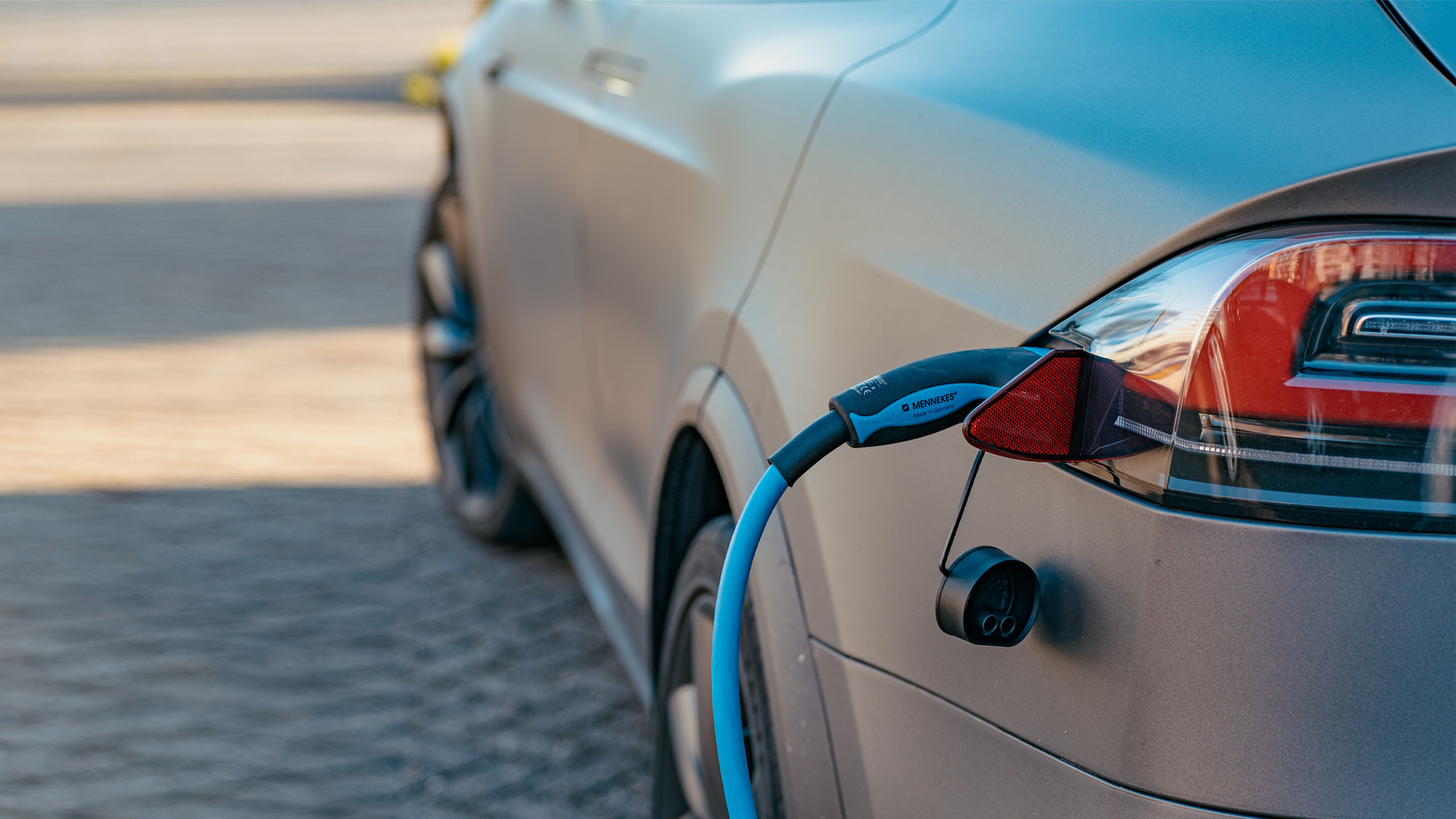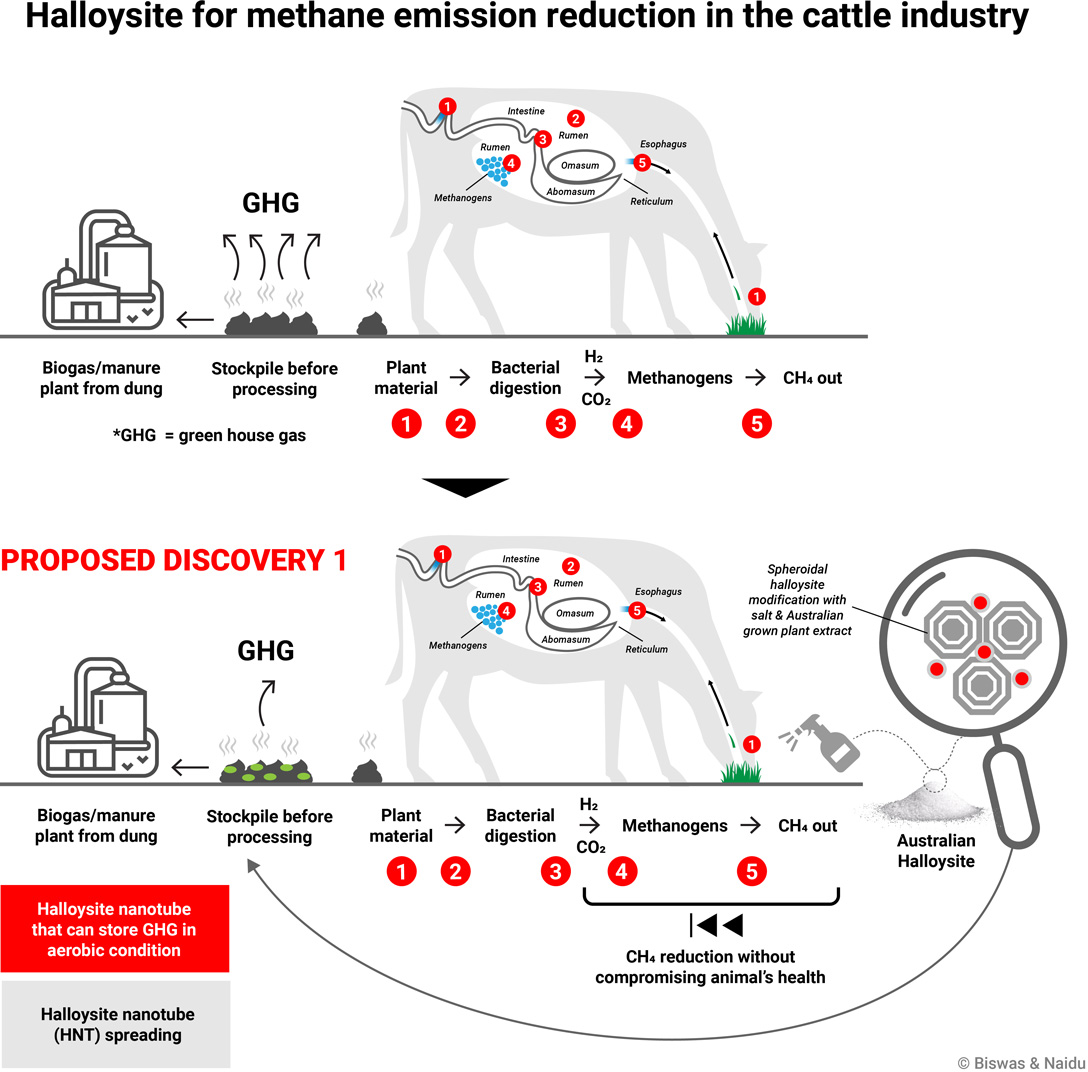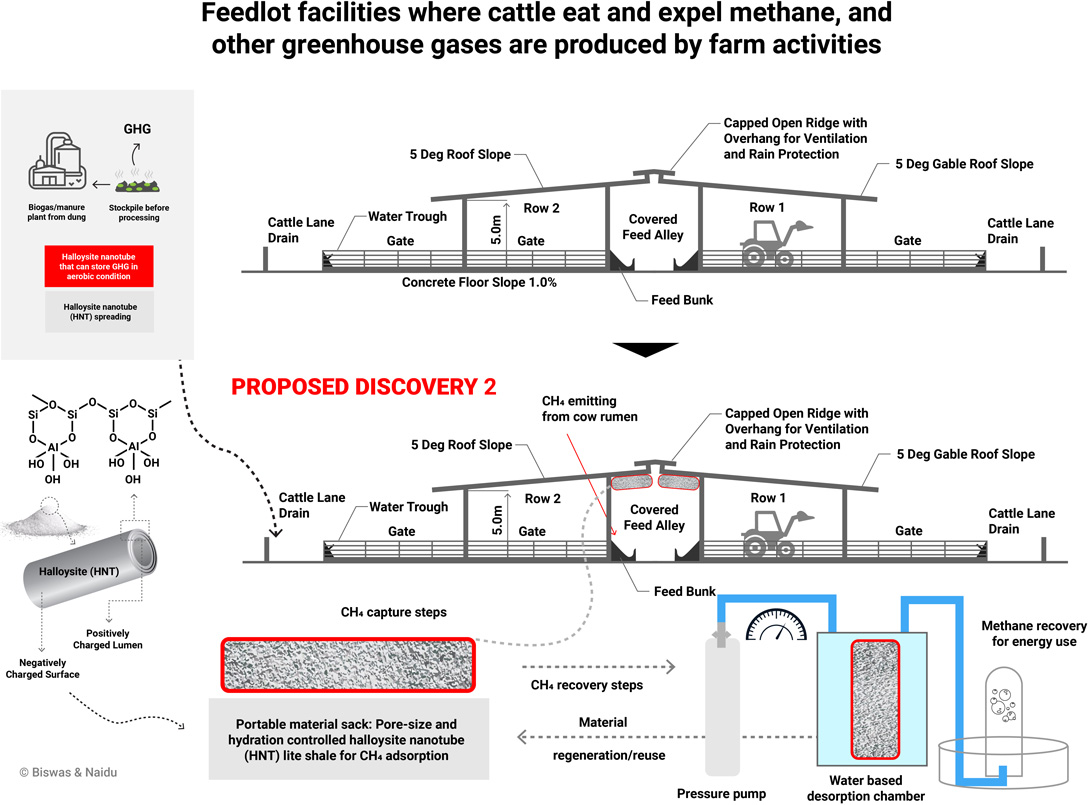
CRC CARE R&D
Project
Latin has entered into a three-year $3.2 million research project with CRC CARE, investigating the potential for the use of halloysite, as found at the Company’s Cloud Nine Deposit, to be utilised in the reduction of methane emissions in the agricultural sector.
CRC CARE is an independent organisation that performs research, develops technologies and provides policy guidance for assessing, cleaning up and preventing contamination of soil, water and air. CRC CARE scientists have extensive experience in clay research, leading to environmental products with commercial applications.
The agreement with CRC CARE is a huge business opportunity for Latin Resources that will allow it not only to contribute in a material way to better the global society now and in the future, but to also achieving solid financial results.
Australian Halloysite/Kaolinite For Methane Emission Reduction In The Cattle Industry
Rather than expect cattle farmers globally to cull their herds to reduce methane gas emissions, a concept which is unpalatable to the global cattle industry despite growing pressure to do just that, imagine if those same cattle farmers could instead achieve the same outcome by feeding their cattle feed supplements. It is these feed supplements that Latin Resources is aiming to help produce via the funding of its research project with CRC CARE to develop this exciting and cutting-edge project.
Methane emission expelled from cattle rumen is a significant unsolved problem in reducing overall GHG emissions. Furthermore, the stockpile of cattle excreta is another source of methane in the cattle farm and feedlots industry. The research project aims to modify Australian halloysite/kaolinite minerals to develop material-based emission reduction technologies, including feed supplements for cattle, spreadable material and halloysite shale for inhibiting and adsorbing methane in this growing industry.


Australian Halloysite for Greenhouse Gas Capture and Utilisation
While laboratory-grade HNT-assisted material has shown promise for GHG adsorption, the net benefit of such technologies depends largely on capturing GHGs and utilisation of the captured gas in another application as part of a circular economy.
Achieving this, while ambitious, is practically feasible with science-backed material technologies. Australian origin halloysite is a material of interest, but extensive research is required to realise its full potential in GHG capture and utilisation. This project aims to modify halloysite for adsorption, desorption, restoration and post-capture alternative use of specific GHG molecules.
